Amaasya Museum of Archeology, Amasya Province, Turkiye
4.5 (154 reviews) Spent Ranking #2 in Amasya Speciality Museums
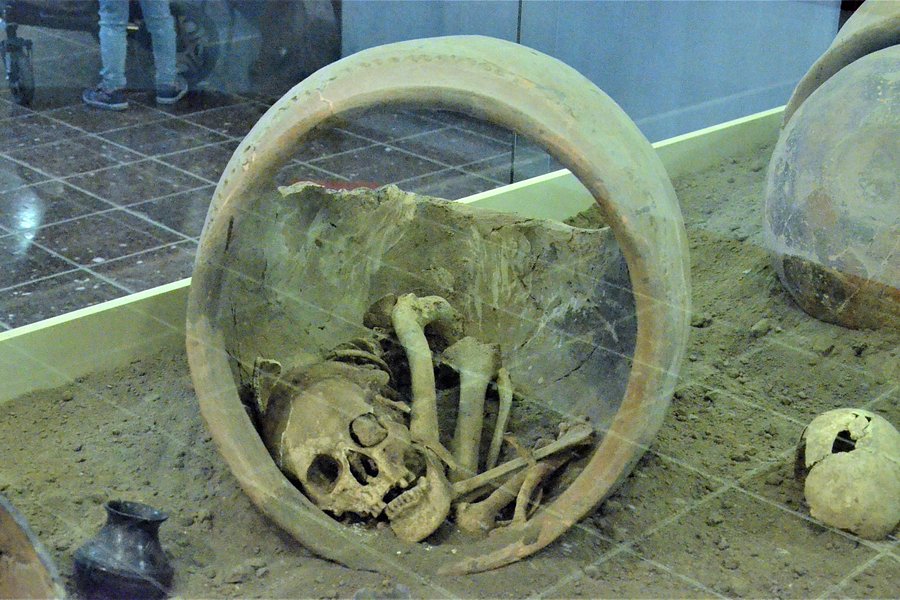
A Must See, Especially for the Ilkhanate Mummies
This small yet compact museum is a must see when in Amasya. It's very well organized, equipped with very adequate explanations both in Turkish and English. The displays are well planned. The museum card is valid here too. Though the most popular exhibits are the mummies from the Ilkhanate period (mummification is a rare practice in this geography), the rest of the collection is not less interesting: from fossiles to hundreds of years old manuscripts along with archeological findings dating back to 1600 BC, they are all very impressive. You should not limit your visit to the museum building: the gardens are also hosting many exhibits among them a very rare Ottoman sundial dating back 15th century. This museum was one of the highlights of our Amasya trip. I wholeheartedly recommend to allocate around 2 hours to visit it.
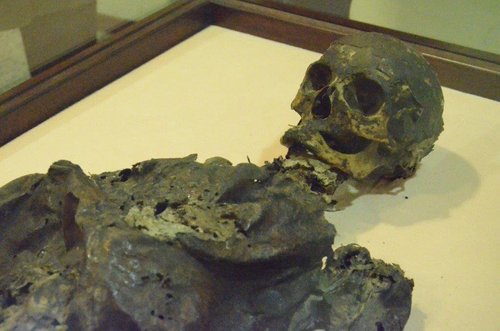

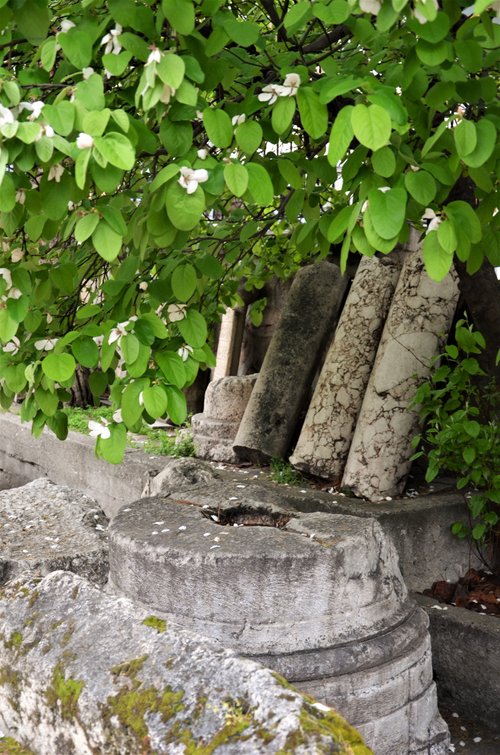
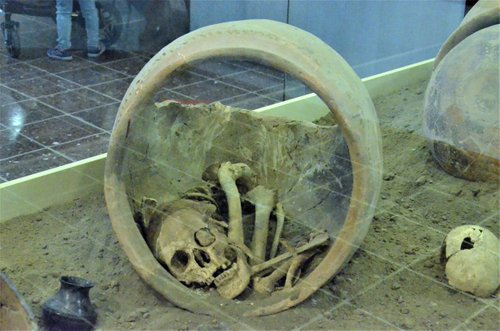
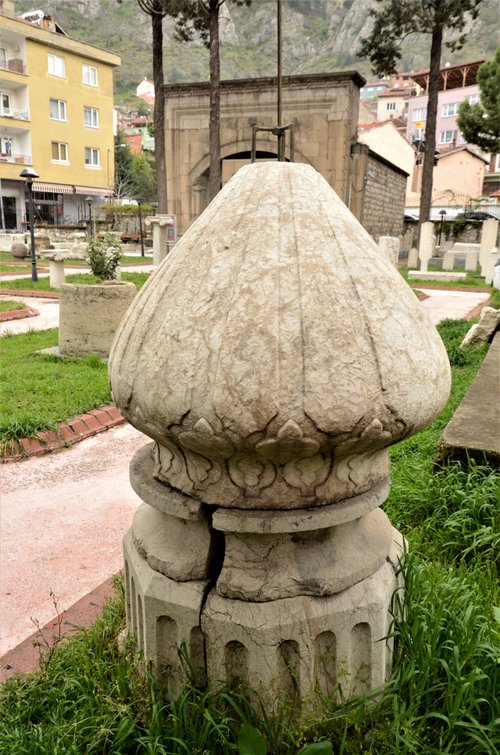
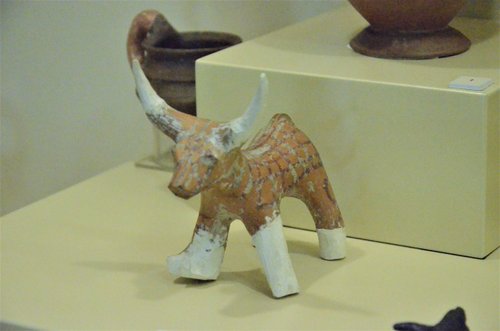
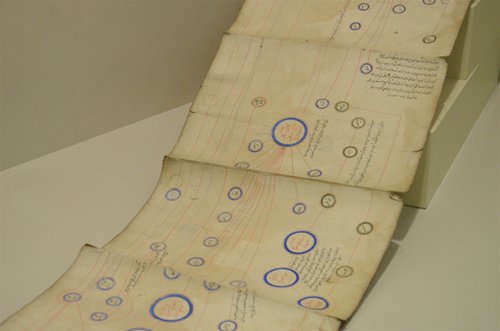
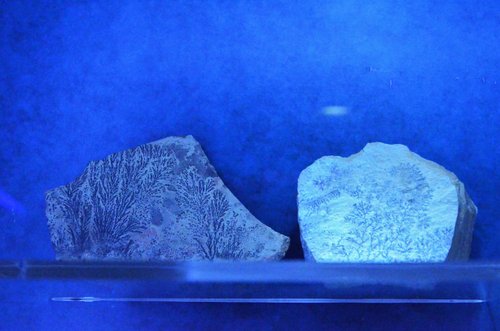

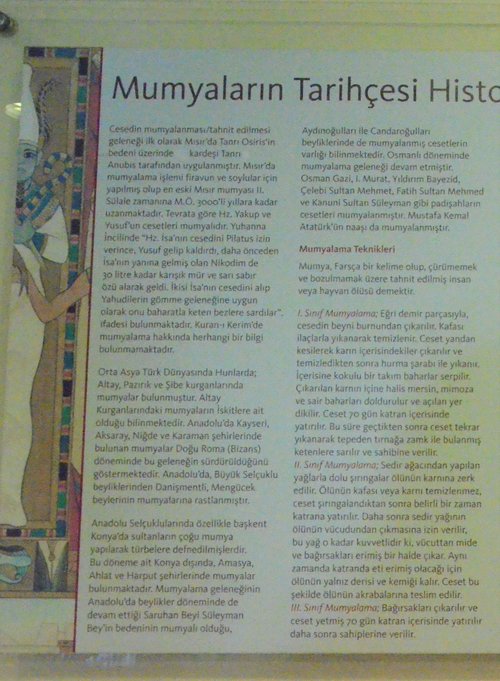
Address
Mustafa Kemal Pasha Street , Amasya, Türkiye.
Website
http://www.kultur.gov.tr/EN/belge/2-14780/amasya-museum.html
Current local date and time now
Monday, May 13, 2024, 11:22
User Ratings
4.5 based on (154 reviews)
Reviews
-
5zonalagos 5:00 PM Nov 23, 2018
A lot to learn about the Ottomans
In this trip, we probably visited close to 10 museums across Turkey. There is so much history ‘hidden’ here. I encourage to get a local English speaking tour guide... the tourism office Explore Tokat can help you if you contact them.
-
4Brian 5:00 PM Dec 10, 2018
Loved the mummies
This is a great little museum and a bargain at TL6. This relatively small museum has lots of interesting exhibits showing local transition from Neolithic times until the Ottoman period. Pottery, jewellery, tools, burials and mummies. Everything is well presented and signs are in Turkish and English.